Duckweed (Lemna minor) is a small floating plant that is commonly used in aquariums. This plant is native to many parts of the world and is found in freshwater bodies such as ponds, lakes, and slow-moving streams. Duckweed is a popular choice for aquarium enthusiasts because it is easy to care for, grows quickly, and has several benefits for the tank ecosystem.
Appearance
Duckweed is a small plant that grows in clusters and floats on the surface of the water. The plant has small, oval-shaped leaves that are about 1/8 to 1/4 inch in size. The leaves are bright green in color and have a shiny, waxy surface that allows them to float on the surface of the water. The roots of duckweed are thin and hair-like, and they dangle down beneath the surface of the water.
Tank requirements
Duckweed is a versatile plant that can thrive in a wide range of aquarium setups. It prefers low to medium light and does well in temperatures ranging from 60-86°F. The plant can tolerate a wide range of pH levels, but it prefers slightly acidic to neutral water with a pH of 6.0-7.5.
Duckweed is a floating plant, so it does not require any substrate. However, it does need some form of support to keep it from being blown around by the water flow. You can use a small piece of driftwood or attach it to a plant weight to keep it in place.
Benefits
Duckweed provides several benefits to the tank ecosystem. The plant helps to oxygenate the water by absorbing carbon dioxide and releasing oxygen through photosynthesis. It also helps to remove excess nutrients from the water, which can help prevent algae growth. Duckweed is also a natural habitat for small fish and invertebrates, providing them with a safe place to hide and rest.
Propagation
Duckweed is a fast-growing plant that can quickly take over a tank if left unchecked. However, it is also easy to propagate and can be a great way to create new plants or control the growth of existing ones. To propagate duckweed, simply remove a healthy plant from the water and separate it into smaller pieces. Each piece should have at least one leaf and a small portion of the root system. Plant the new pieces back in the tank and watch them grow.
Potential problems
While duckweed is generally a hardy plant, it can be susceptible to certain problems. If the plant is not receiving enough light, it may begin to lose its color and wilt. On the other hand, too much light can cause the leaves to turn brown and die. Duckweed can also be susceptible to certain pests, such as snails and algae. It is important to keep a close eye on the plant and take action if any issues arise.
Conclusion
Duckweed is a beautiful and easy-to-care-for aquarium plant that can provide several benefits to your tank ecosystem. With proper care, it can thrive and add a unique touch to your tank. Whether you are a beginner or an experienced aquarium enthusiast, duckweed is definitely worth considering for your aquarium setup.
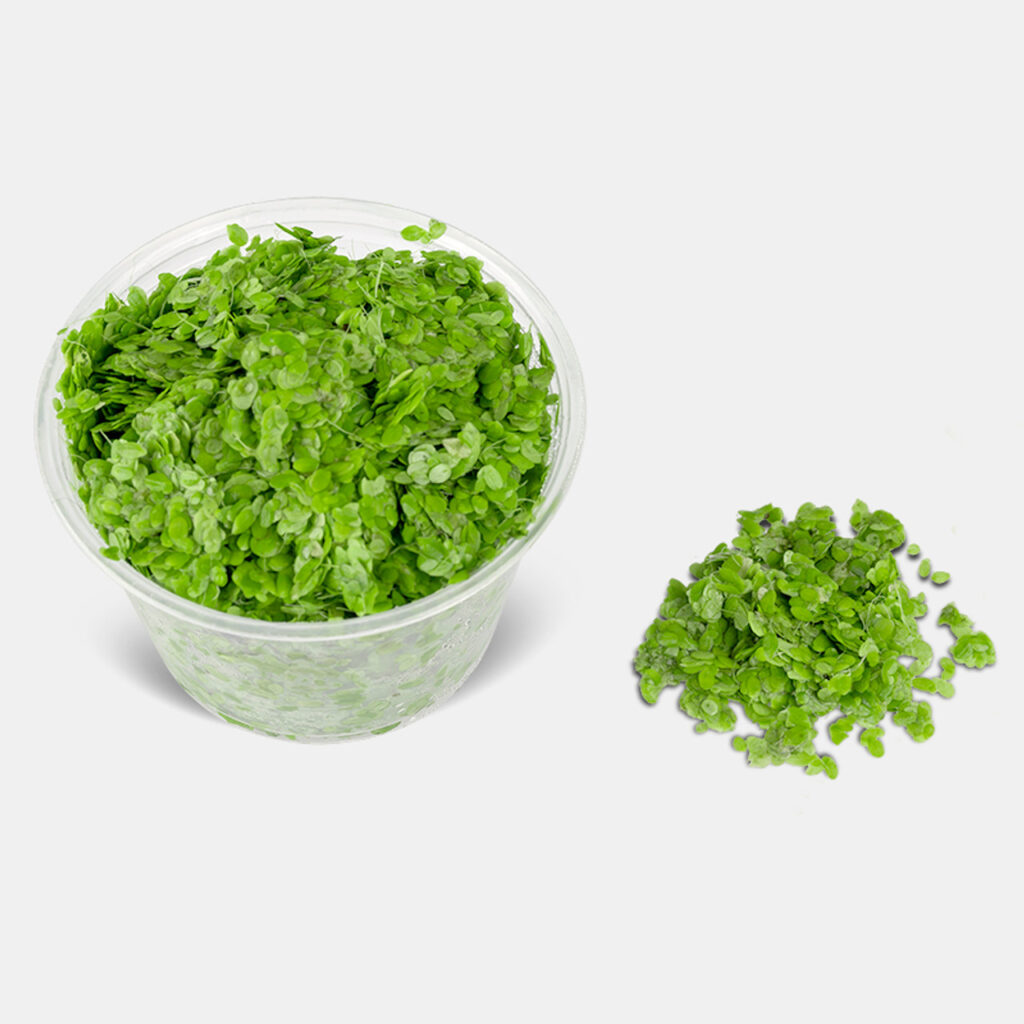
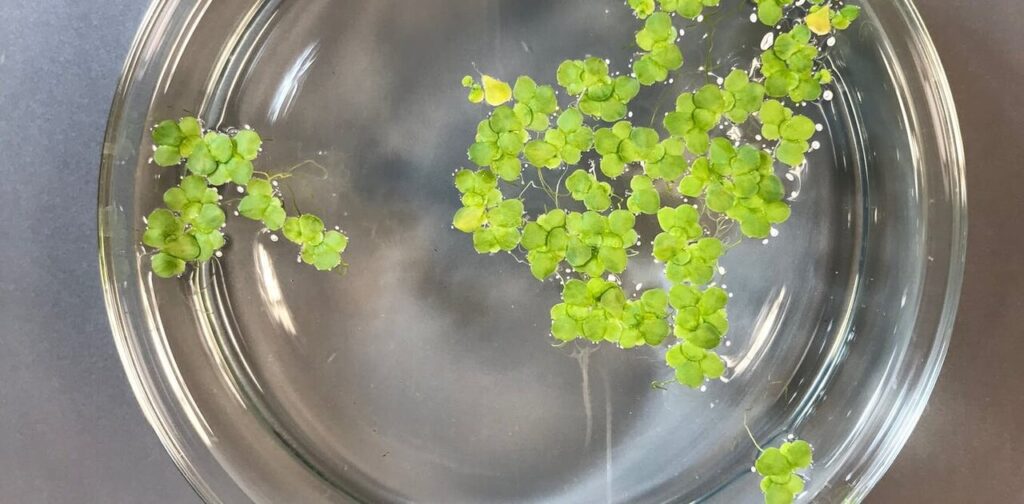
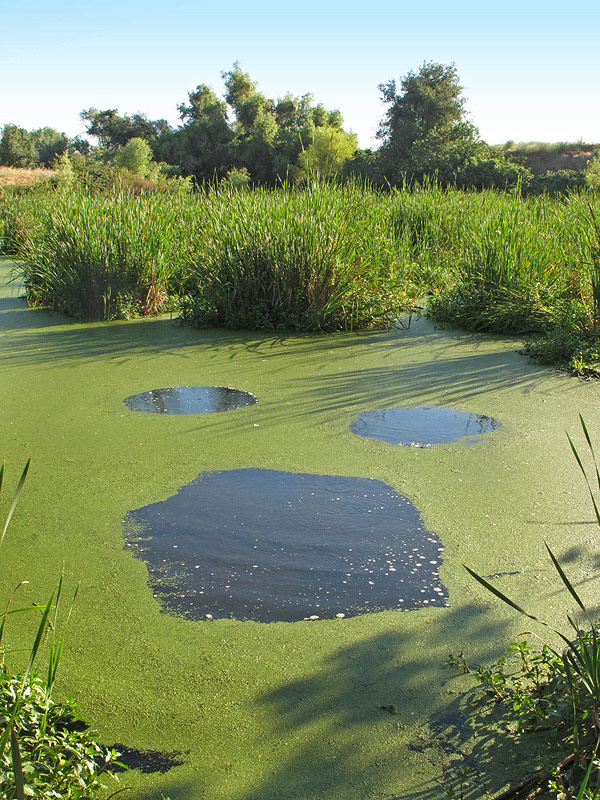
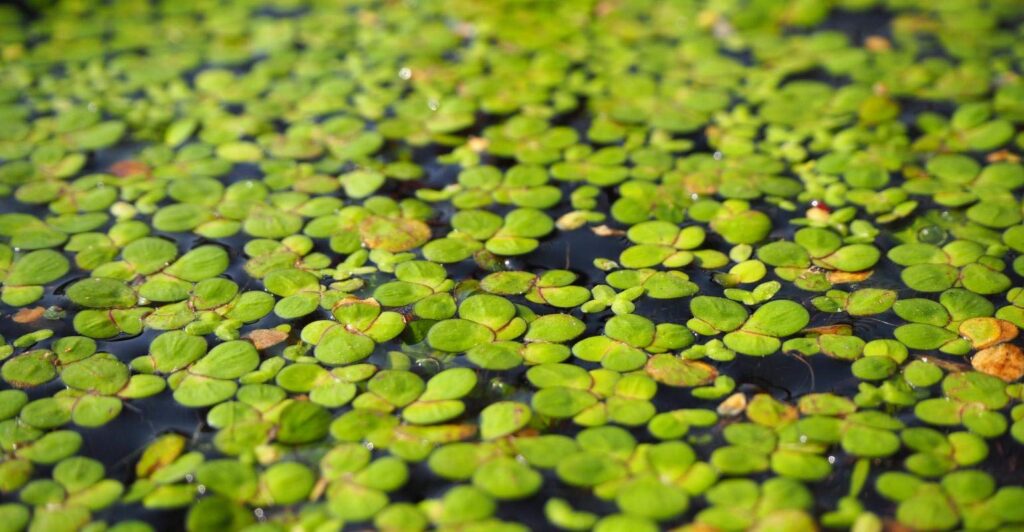
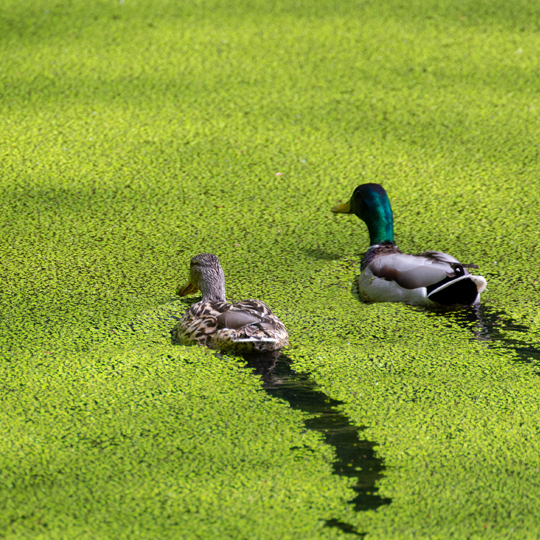
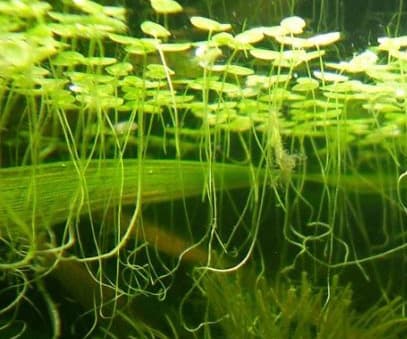
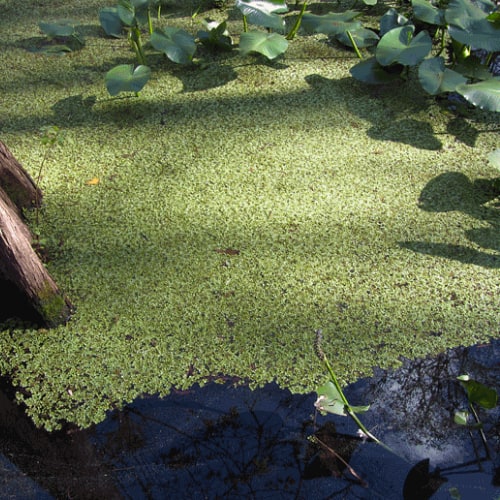
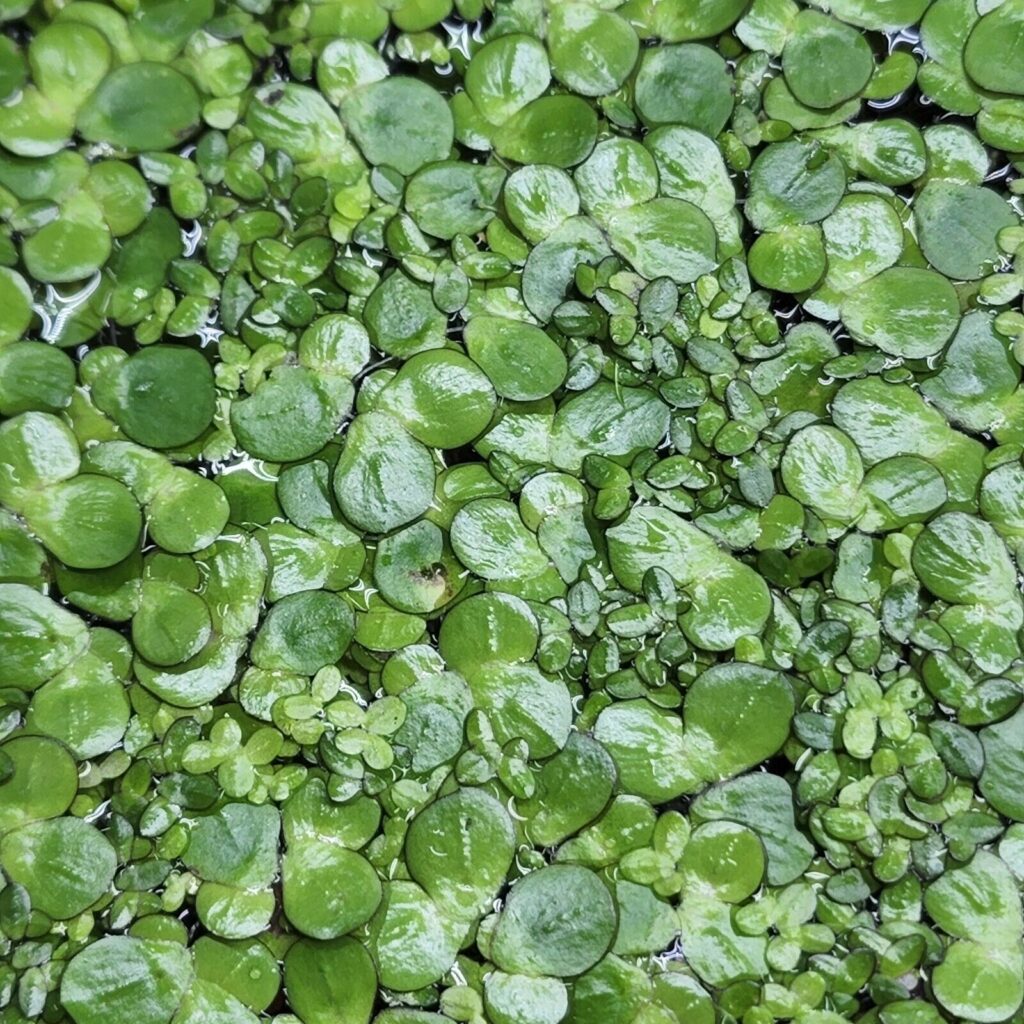
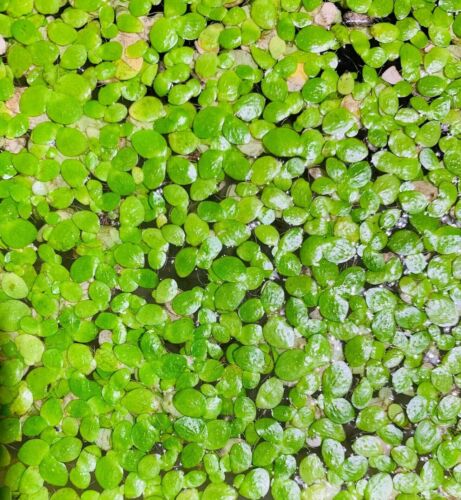
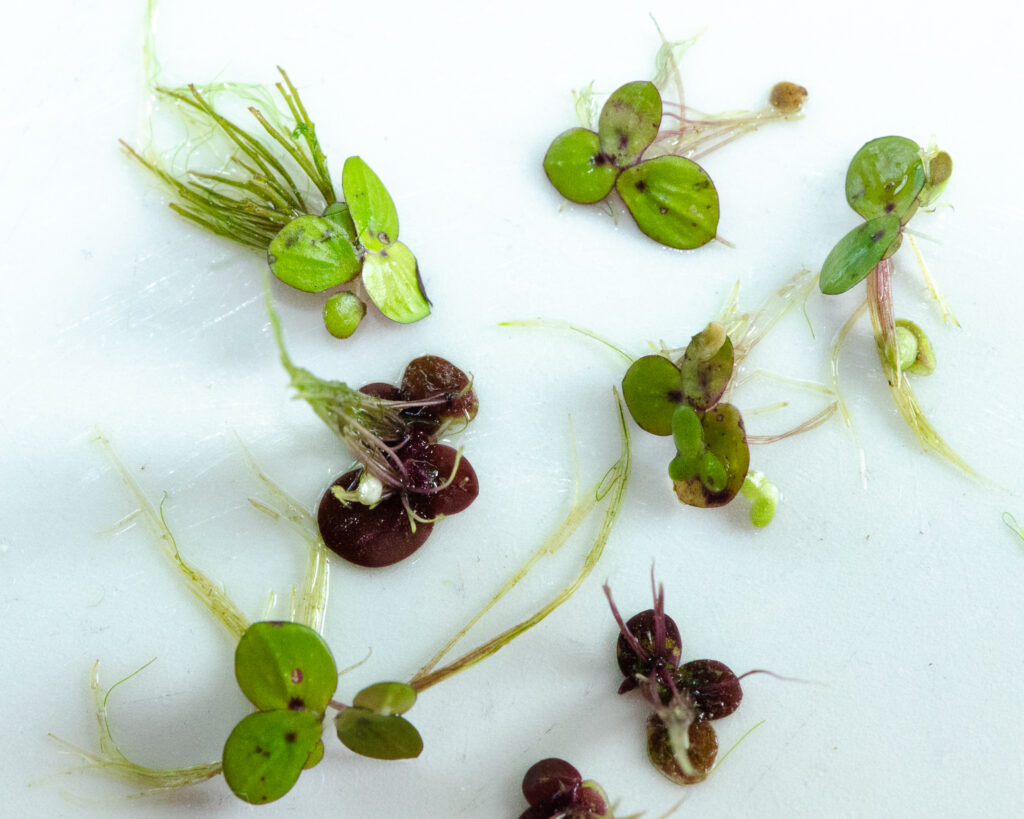
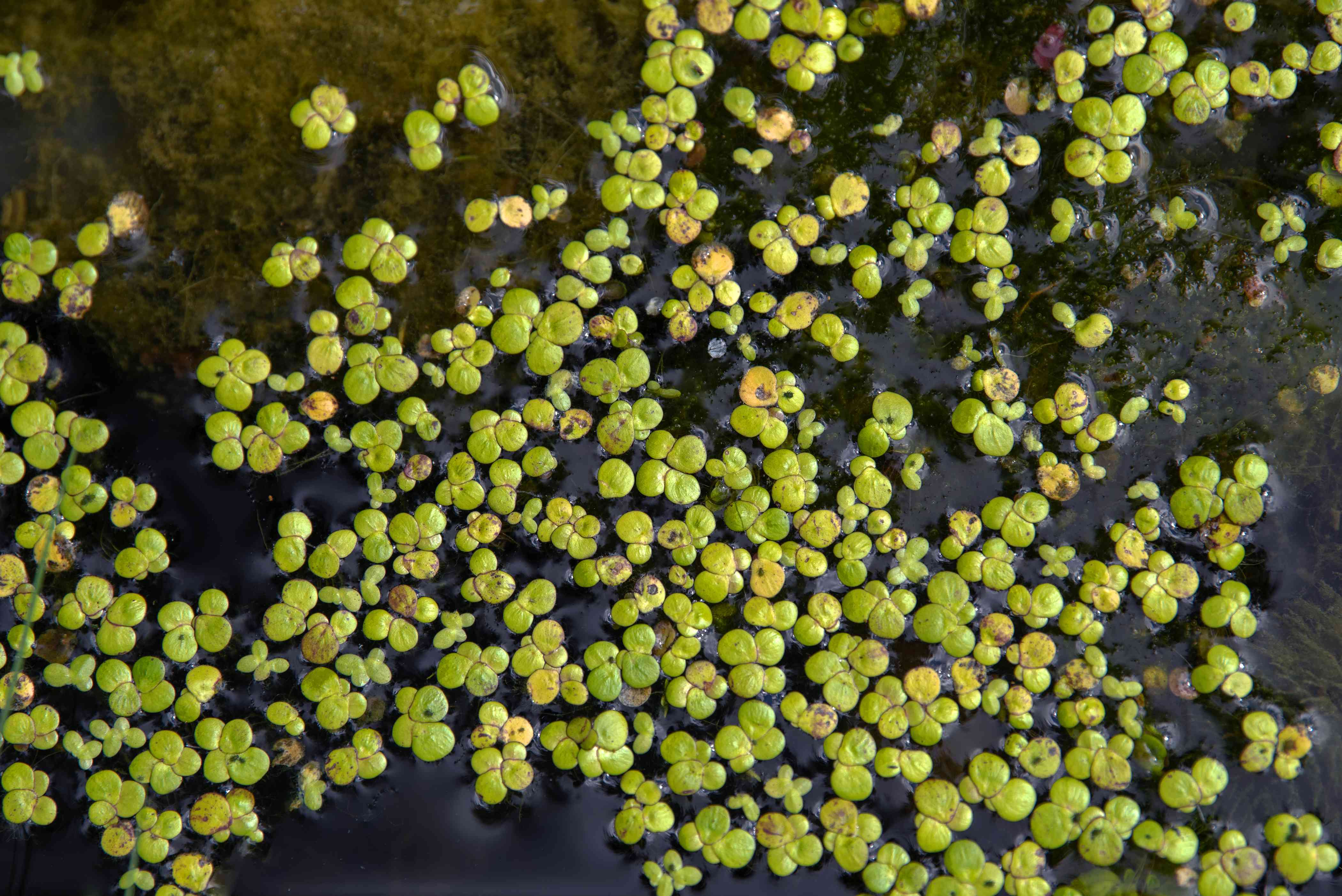

![]()
